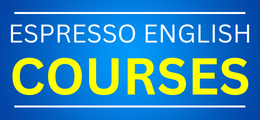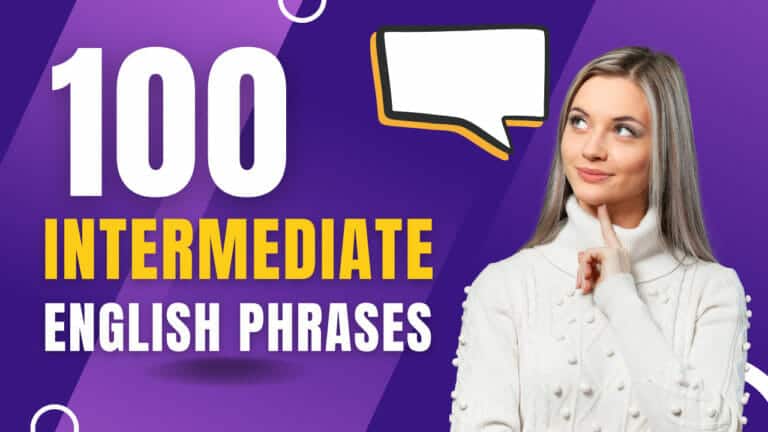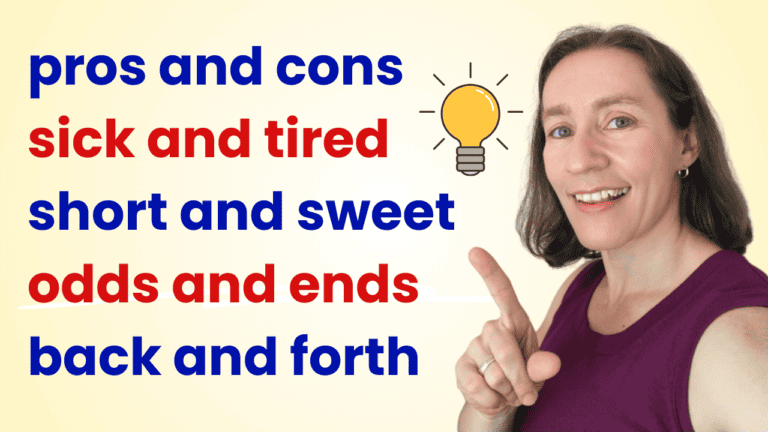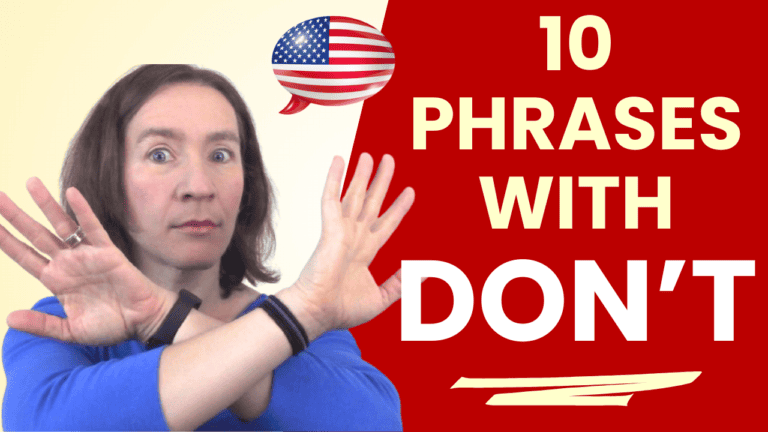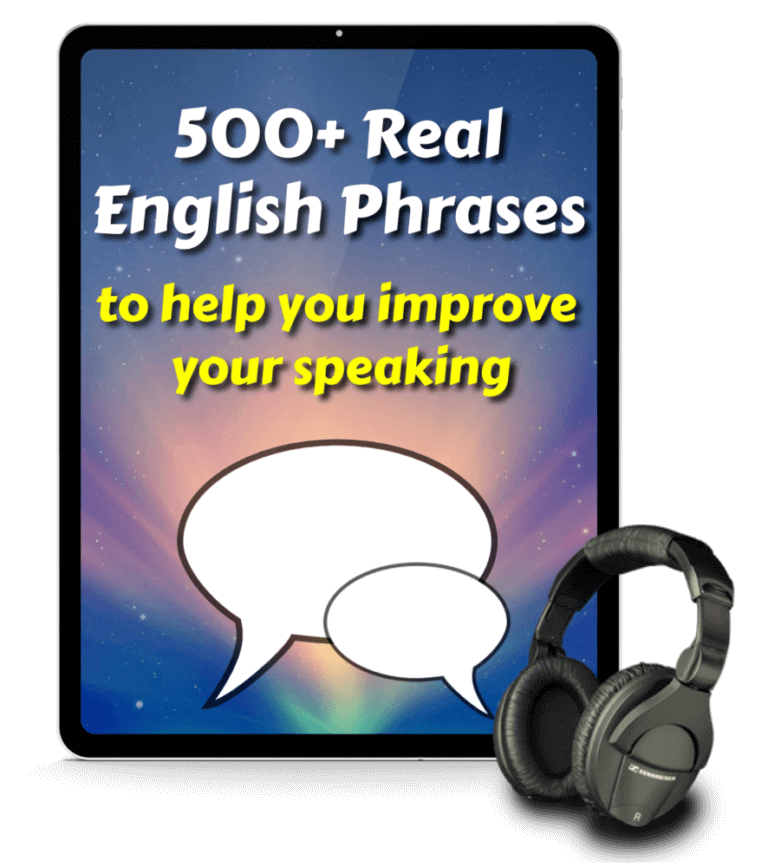
“What’s the catch?”
Say this in response when something sounds too good to be true… and you suspect there’s a hidden problem. For example, if your friend says he’ll sell you his car for just $200, you could say, “What’s the catch?” because you are wondering if there’s something wrong with the car… or if your friend wants you to do some favor in return.
“What’s the drill?”
This phrase means, “What are the rules and procedures for doing this?” Imagine you need to buy a new computer for your office, but you don’t know exactly what the process is for doing this at your company. You can say to a colleague, “I need to put in an order for a new computer. What’s the drill?” and your colleague can then explain how to do it.
“What do you say? (Whaddayasay?)”
We use this phrase to ask someone else, “What is your answer / decision?” For example, imagine you’re making plans for the weekend, and you tell your friend, “I’m going to go shopping on Saturday and hit the beach on Sunday. I’d love for you to join me – what do you say?” You are asking her to give you an answer – yes or no – whether or not she will accompany you. This phrase is often pronounced fast, so it sounds like “Whaddayasay?” and not “What do you say?”
“What goes around, comes around.”
This saying means “If you do good things to other people, good things will happen to you. If you do bad things to other people, bad things will happen to you.”
“What do I owe ya?”
This is an informal way to say, “How much do I need to pay?” Imagine you go out to a bar, and you have 3 or 4 drinks. When you’re ready to leave, you ask the bartender, “What do I owe ya?” – you want to know the total amount of money that you need to pay.
“What’s eating him/her?”
If a person appears to be angry or upset, you can say “What’s eating him?” or “What’s eating her?” to ask another person what is bothering or annoying that first person who is in a bad mood.
“What are you getting at? / What are you driving at?”
Both of these questions mean, “What are you implying?” or “What’s the final point that you want to express?” You can use these when talking to a person who is giving you information, but isn’t directly saying the main point. These questions encourage the other person to tell you directly what they want to say.
“What’s done is done.”
This saying expresses the truth that what is in the past is final; it can’t be changed. If your friend is regretting a decision he made in the past, and wishing it was different, you can tell him “what’s done is done” to emphasize the fact that the past can’t be changed.
“What’s with…?” / “What’s the deal with…?”
These questions mean, “What’s the problem with…?” or “What’s the situation / status of…?” Imagine you try to use the copy machine at your office, but it doesn’t work. You could then ask your co-worker, “What’s with the copy machine? Is it broken?” The expression “What’s with…?” is typically only used for problems.
The expression “What’s the deal with…?” can be used for problems OR for asking about the status. If you’re doing a project together with other students in your English school, and you want to ask about the status of part of the project, you can say, “What’s the deal with the pictures we needed to print out? Has anyone taken care of that yet?”
“What’s up? What’s cooking? What’s shaking? What’s new? What’s happening?”
These are multiple ways of greeting a person and asking about new or current events in their life. The typical response to any of these questions is “Not much,” and then you can add a detail about something you are currently doing, or something you have recently done. For example:
Hi John. What’s cooking?
Not much. I’m just finishing up my English homework.Hey Laura. What’s up?
Oh, not much. I’ve been getting everything ready for my trip next week.




